Create Your Personal Archive—Offline
Your Favorite #ChronicallyOnline Girlie Encourages You To Get Into Physical Media
If you know me from my grad school days, you’re aware that I was interested in the digital humanities—the variety I enjoyed the most was exploring how Black women created resistance narratives and community online.1 You’re also probably aware that alongside my affinity for the digital, I am a staunch proponent of journaling by hand, mostly for mental health reasons.
Because of my interest in the digital and media more generally, I’d like you to consider creating your own personal archive—offline.
Why Create a Personal Archive?
Here’s the deal: social media is untenable. For the record, this isn’t new. While I’ve largely been a supporter of all the creative energy Black folks have been able to exert on these platforms, there was never any denying the very real violences that have occurred in the digital.2 From the folks who own these apps down to large segments of the users, which in turn influences the content we see, more and more people are abandoning social media.
Even if you do stay—and there are reasons to, I think, but that’s another post—I would argue that we urgently need to document this moment. We need first hand accounts and reports of what every day life is like living in 2025 in America. Accounts that have a lowered risk of being deleted or altered at the whims of billionaires. Stories with a lower chance of becoming fodder for the training of artificial intelligence against your wishes.
Is any strategy perfect? No. Is creating and sharing stories digitally still useful. Yes! This might be a perfect moment to embrace a “both/and” mentality.
We need stories. We need data. We need proof.
That we were here. That we are here.
Recommendation 1: Start Journaling
As you know, I love fancy, artful journaling, but that creative side is more for my own well-being than any practical purpose. Your journal doesn’t have to be any more than you need it to be. You do not need to spend an unnecessary amount of money. You do not need special tools.
You need bound paper and a writing utensil.
Now what?
Journaling can be intimidating because you think you have to fill your page with your own thoughts. But you can just record observations about your day-to-day life.
Keeping track of things like the weekly price of groceries you regularly buy and gas could be a great way to observe inflation. If you are someone who spends a lot of time in medical settings, recording how long it takes you to get an appointment at a doctor’s office, what your insurance will/won’t cover (if you have insurance), the price of medications, the ease of access of those medications, will eventually reveal patterns in the way our healthcare system works. Jotting down any travel hitches, especially in air travel, could eventually show larger issues in travel infrastructure.
You can also track news reports that interest you. Take note of the issues that come across the news. Titles of articles, the issue and author of the piece. Bonus points if you later note how news of is playing out in your life.
Note (with some discernment)3 any community organizations you become a part of and take your own notes during those meetings.
Perhaps start a physical address books with all of your loved ones phone numbers, addresses and email addresses? You might also want to jot down important numbers, too—doctors, insurance, work, companies you pay bills to, internet providers in the case of outages…
Keep track of your joy. What you’re grateful for. Things that made you smile. Maybe you had an extra nice cup of coffee or your flower garden bloomed spectacularly.
You don’t have to fill entire pages. You don’t even have to write every day.
But future generations are going to want to know how we lived. Let’s tell them.
Recommendation 2: Print and Label Your Photos
I have been guilty of leaving my photos to rot on Facebook, or in the Cloud, stuck in a digital purgatory.
Last August, I decided I wanted a physical account of my book launch. But then I kept printing photos.
It is quite a task to print everything and then label it. (I tend to write the date, location, and name everyone in the photo on the back.) I don’t have them all organized into books yet.
But I love knowing that if apps I have loaded with my memories shut down tomorrow, I will at least have my own record.

Recommendation 3: Collect Physical Media
This one can be a little tricky because there are so many shows and movies that are direct-to-streaming these days, but to the best of your ability, start creating a physical archive of your favorite media. This can be expensive if you let it, but buying DVDs, CDs, records, books, etc., shopping second-hand is a great option. Even my small city hometown has a Friends of Library store with a pretty big selection of books, movies, CDs, etc. It won’t have everything I want, but it’s a good place to start.4
Recommendation 4: Distribute Information Physically
In the event that it gets difficult to share information online, I would like to remind folks that zine-making is a fantastic, accessible, and affordable skill to have.
Zines are self-published magazine-like products that have a long history, especially in U.S. countercultures.5 Zines are often made by hand, scanned/printed in the home (or not on large commercial machinery), and distributed amongst the maker’s community.6 Zines can include writing, like poetry, information on an issue, essays; comics; art. They can be whatever you want them to be!
And when I say “by hand,” it’s up to you to decide what that means. The zines I made were often comprised of scans from my sketchbook that I organized in Procreate and then printed onto paper and folded up from there. I have others that I designed entirely in Procreate, then printed. When I taught media studies, I had a student create a beautiful zine that she made in InDesign and saved as a PDF to read like a digital magazine.
It matters less about how you make the zine than what’s inside.7
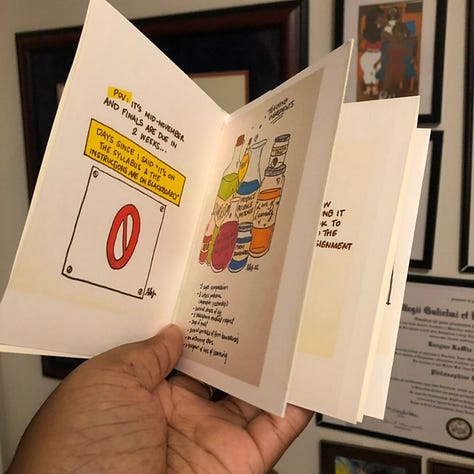
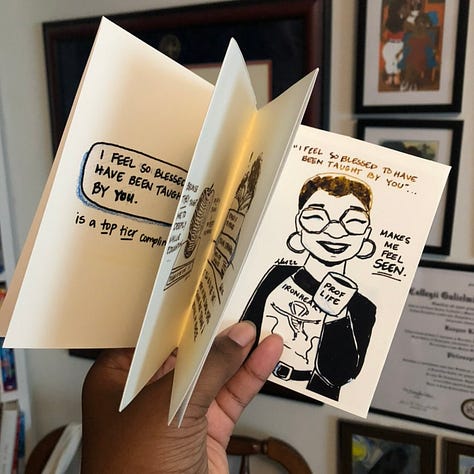
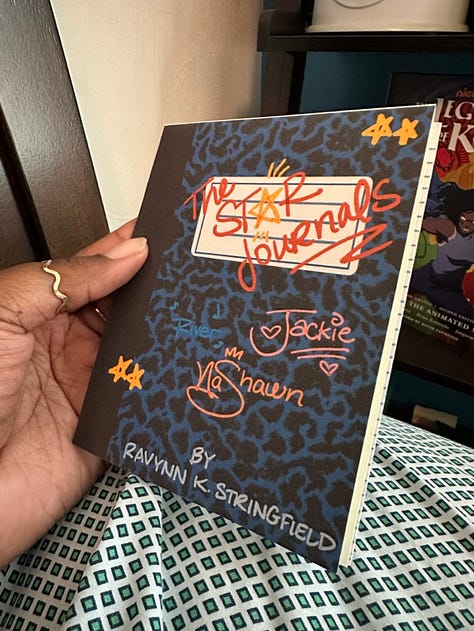
In Conclusion…
I have zero answers. But I do know that records and archives and documentation are imperative. With so much data about our every day lives controlled by folks who would alter, delete or use it as fodder in power grabs, I’m invested in having some agency in how my story goes down.
I want the best chance at telling my own story.
#HashtagActivism: Networks of Race and Gender by Sarah J. Jackson, Moya Bailey and Brooke Foucault Welles and Misogynoir Transformed: Black Women’s Digital Resitance by Moya Bailey were two of my favorite texts in grad school. I’m deeply excited for my copy of Meredith D. Clark’s We Tried to Tell Y’all: Black Twitter and the Rise of Digital Counternarratives to arrive. Here is an open access link to #HashtagActivism.
My friend, Kay Coghill, wrote this article in Essence Girl’s United based on their dissertation research to talk about the ways Black women have created harm reduction strategies to make being online manageable: “How Black Women are Creating Harm Reduction Strategies Online”
We do need records, and we also need to be mindful of recording sensitive information, especially that is not our information to record. Take care to decide how you want to refer to other people in your journal. Even if your information is private, it’s wise to consider someone, some day, outside of your control or wishes, might read your notes.
I found a Porgy & Bess record there once. Best find to date.
More about zines from Purdue University: https://guides.lib.purdue.edu/loudonpaper/history
If you’re in Virginia, I have attended both Richmond Zine Fest and Norfolk Zine Fest. Check them out!
But if you want a little guide on how I’ve made digital zines, here is one I posted on TikTok. I have to make another video that doesn’t live there. I will update this accordingly.



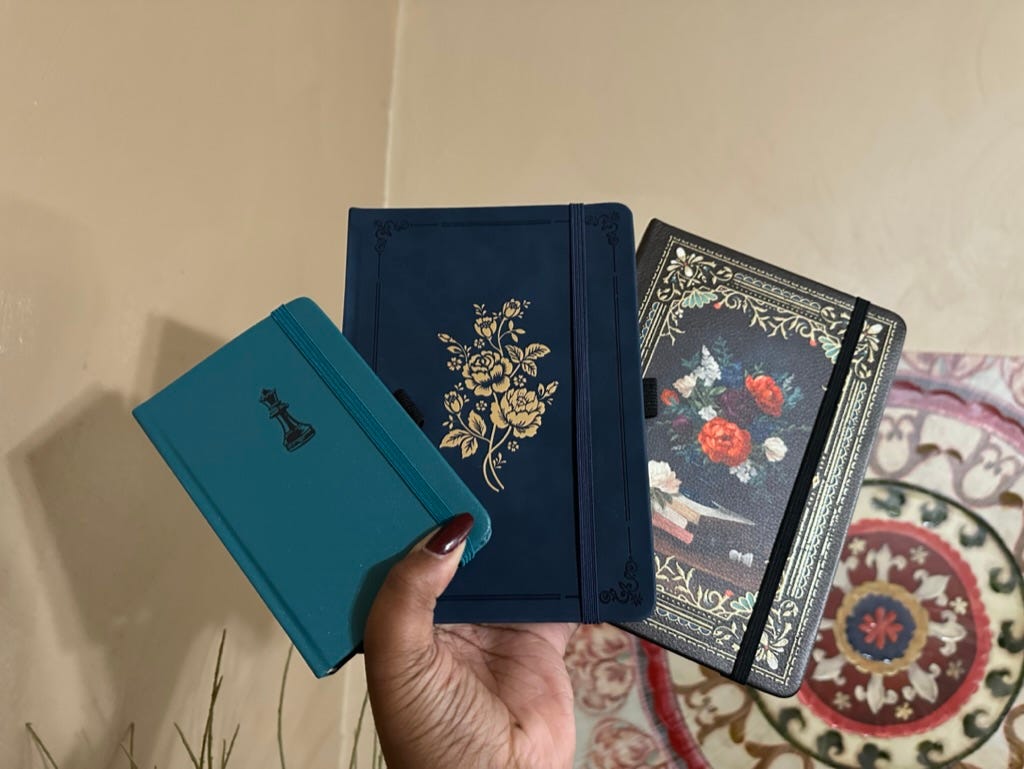
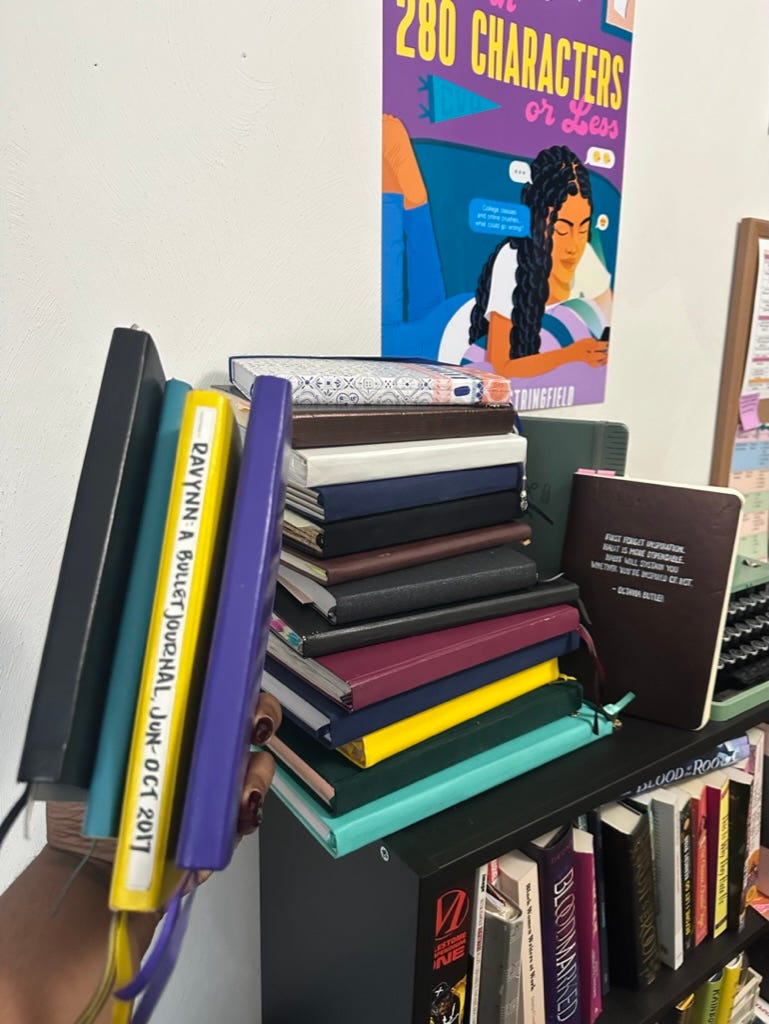
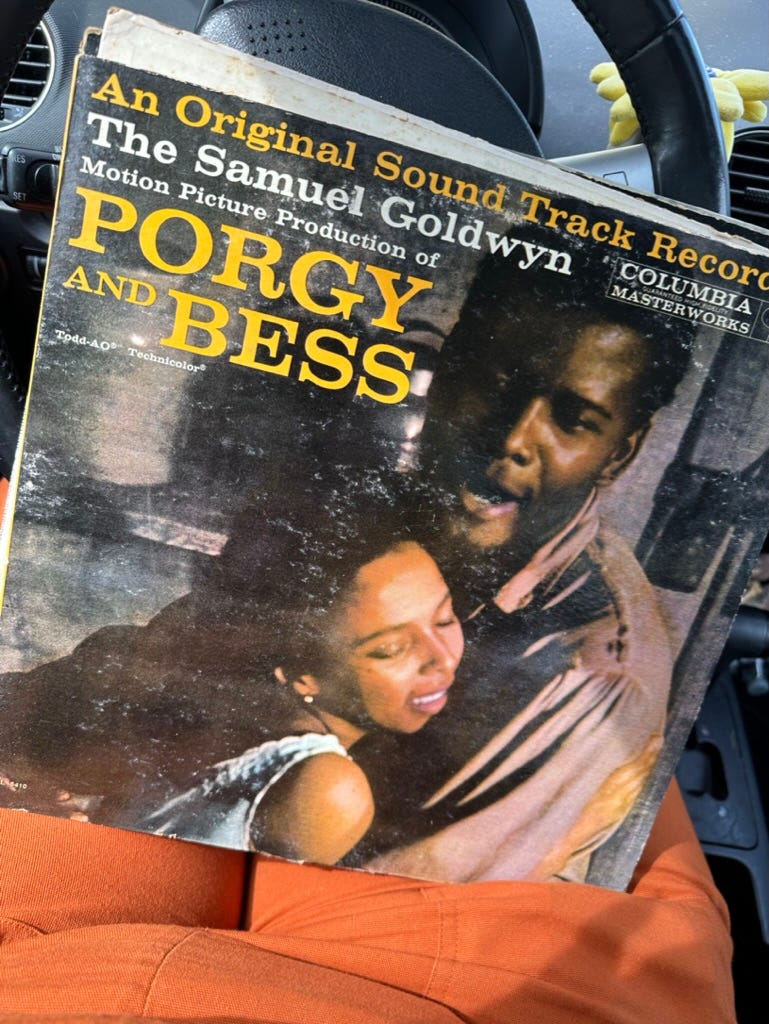
Your post hit home for me. I learned a hard lesson, hard copy, hard copy. I had 10yrs of my thoughts, pictures and poetry that I began writing during and after my husband’s death from brain cancer. A hacker got on my Facebook, then Instagram locked. After realizing that FB no longer served me I am here on Substack. You have some wonderful suggestions for me to lean into and grow with. I look forward to more of your posts.
How do you go about printing your photos from social media or your phone? Trying to find a good practice for that for myself. Thanks for these ideas!